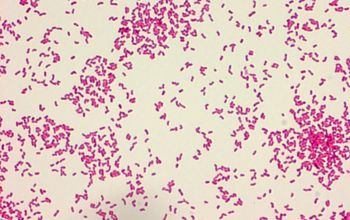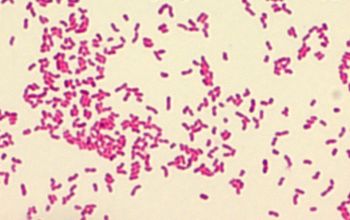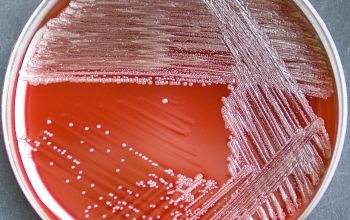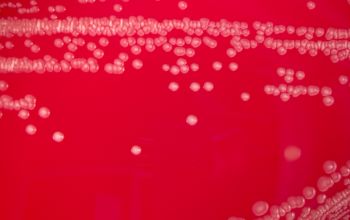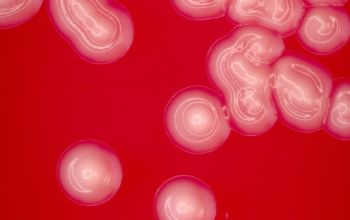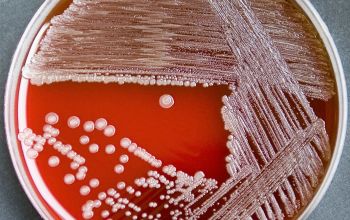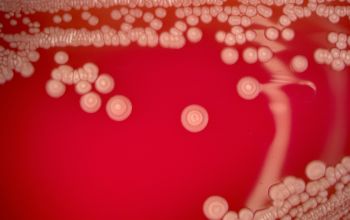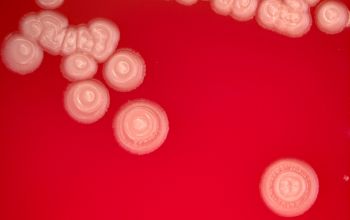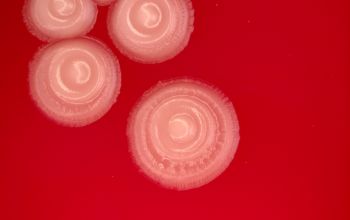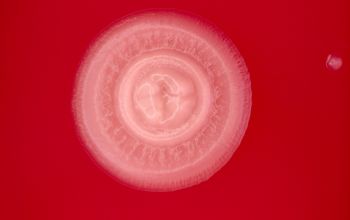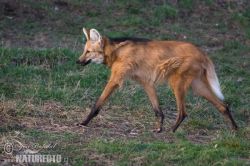Neisseria canis
-
General information
Taxonomy
Family: Neisseriaceae
Natural habitats
Neisseria canis is a commensal of de oral cavity, saliva, dental plaque, muzzle, nasopharynx, and throat of dogs abd cats.
Clinical significance
This causes diseases in an opportunistic fashion.
-
Gram stain
Gram negative coccobacillus
rod forms are not uncommon
-
Culture characteristics
-
Obligate aerobic
5% CO2 improves the growth
BA: may produce a yellowish pigment
The colonies are flat-topped, coalescent, 2-3 mm in diameter, without hemolytic activity.
McConkey: no growth
BBAØ: no growth
-
-
Characteristics
-
References
James Versalovic et al.(2011) Manual of Clinical Microbiology 10th Edition
Karen C. Carrol et al (2019) Manual of Clinical Microbiology, 12th Edition
First Reported Isolation of Neisseria canis from a Deep Facial Wound Infection in a Dog, Leon Cantas,

